Travel With Tamara | Horn of Africa Elephant Walk
Horn of Africa Elephant Walk
Jim's passion and commitment to the preservation of elephants speaks straight to my heart. Here he tells me about how it all started, and the Horn of Africa Walk he's about to embark on.
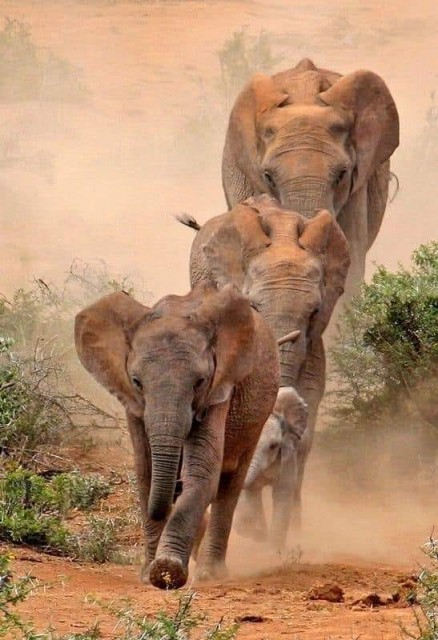
Jim Justus Nyamu, aka the Elephant Man, has walked over 17,000km in Africa, UK and USA raising awareness of the decimation of our elephant population. He founded the Elephant Centre, a non-profit organisation designed to protect the African elephant and safeguard landscapes for elephants outside protected areas. He’s the author of Towards a New Conservation Model, and he walks under the banner Ivory Belongs to Elephants. In January 2020, he’ll set off on the Horn of Africa Walk across Kenya, Ethiopia and Eritrea, walking about 3,600km in around four months. I spoke to Jim about his life, his passion for conservation and his plans for the Horn of Africa Walk.
Tamara: What started your interest in conservation?
Jim: My home bordered the Aberdares. Growing up, I saw children in my school eating dried elephant meat. When I was 12, my uncle, who was only five years older than me, introduced me to the Wildlife Clubs of Kenya: he was the chairman of the club in his high school. There was no club in my school so with his help I founded one. After that, I was given a scholarship to study wildlife conservation at Mweka College of African Wildlife in Tanzania. When I graduated, I came back to Kenya and joined the Kenya Wildlife Service.
Tamara: When and why did you found the Elephant Centre?
Jim: There was a huge escalation of poaching in 2009. During that time, I realised few African conservationists were talking about why it’s important to eradicate poaching; they were talking about eradicating the market. They said stop buying; I said stop killing. I founded the Elephant Centre in 2012.
Tamara: Why elephants?
Jim: I don’t just speak about elephants. I speak about all species. I challenge the single species advocacy because it ignores other species of great concern. All species are dependent on each other. I chose elephants because they’re a key-stone species. A flagship species. If you conserve elephants you conserve other species. Elephants are heavy feeders, eating more than 300kg of food and drinking over 240 litres of water per day. They need a huge area. If you conserve them, you’re conserving all the species in that area.
Tamara: You wrote Towards a New Conservation Model. How is your model different from those that have gone before?
Jim: In whose custody are the animals? The communities. Who is vulnerable? The communities. This is unjust. For many years, conservation has been promoted through tourism. What motivates communities is incentives, but asking communities to conserve the land for tourists doesn’t give them the benefits of that conservation. We need communities to replicate conservancies: to conserve areas for the landscape, for habitat, for water catchment, for river sources. Land is the focus here: not animals and not tourists. Then we need to build communities’ identification with wildlife, to be proud of the iconic species found in their area and to keep wildlife on their land as well as livestock. Only when we’ve done all that should we encourage tourists to come; when they come, they’ll find a well-established conservancy. The focus shouldn’t be tourism. If tourism doesn’t pay, communities still have the benefit of conserved land.
Tamara: How can we make Kenyans interested in conservation?
Jim: Consistency, advocacy and awareness. Use social media, public meetings, journals and magazines, host conversations on TV. Don’t start by discussing conservation. First show Kenyans the animals. Many Kenyans haven’t been into our national parks. Give them access to the parks and reserves, the museums, the snake parks, the bird sanctuaries, the animal orphanages. When they see the animals, they become interested – they start asking questions. The minister gave free entry into Nairobi National Park for one day – but that was good and bad. Some people who’d never seen the animals before were delighted, but the challenge is traffic in the park. We could perhaps offer free entry once a month, or on public holidays – not just in Nairobi but around the country. And parks should be free for schools. Conservation and the environment need to be in the school curriculum, and all Kenyan children need to see wild animals.
Tamara: What are the main challenges?
Jim: Many Kenyans still see conservation as being run by mzungus. We need to show them Africans running their own conservation projects, and build awareness of how conservation benefits us. It’s not only me. There are many Africans in conservation. Grandparents pass stories to grandchildren recalling being moved off the land of their ancestors when the national parks were being gazetted. We need to show these people national parks are for Kenyans. Kenya Wildlife Service needs support. When KWS is in trouble, we’re in serious trouble. When there’s a challenge at KWS there’s a challenge for us all. They’re short of resources and struggling to cope with human wildlife conflict. Since 2014, human wildlife conflict claims amount to around 4.5 billion shillings; the government has paid only 700 million – that’s a drop in the ocean. If we pay what we owe to people of Kenya it will show we want sustainable mitigation. The government feels compensation isn’t sustainable. We need to review the Wildlife Act. But conservation isn’t a priority in Kenya – there’s no political will. Conservationists don’t have a voice: we need to raise our voices so the state listens to us.
Tamara: How is your next walk helping this?
Jim: I’m walking from Nairobi to Moyale, through Kirinyaga, Embu, Meru, Isiolo and Marsabit. I invite people to follow my route, to support me along the way, to join me as I walk through their county, to hear what I have to say. I’ll be stopping everywhere, doing community meetings, engaging with communities, local press, governors and churches. Wildlife Clubs of Kenya, our partner, is helping us visit schools, and talk to children and teachers. A team wants to make a documentary about the walk. We’ll visit the parks and recreation sites and all other areas of concern. I’ll talk about how many elephants are in the regions I’m passing through, and how many we used to have. Around 36,000 elephants are shot every year – an average of one every 15 minutes. At this rate we’ll have none living in the wild by 2025. Come join me on the walk! Listen to my story and the story of our elephants.
Tamara Britten, 04 February 2020
Published also in: Travelog of The Standard
About the region
Addis and Surroundings
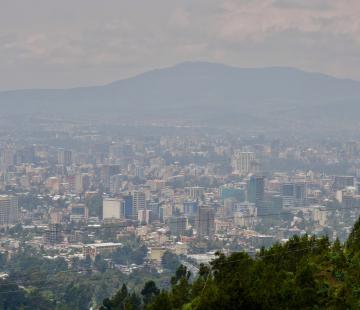
Addis Ababa is the capital of Ethiopia, the country’s largest city, and site of the headquarters of the African Union. Highlights include Entoto Mountain on which stands the Palace of Menelik II, the National Museum, the Ethnographic Museum, Trinity Cathedral, St George Cathedral, Merkato and the Piazza.
Read more about Addis and SurroundingsEastern
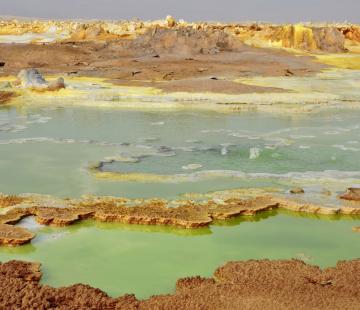
This remote and remarkable region includes the scalding and volcanically active Danakil Depression, with colourful bubbling sulphur, desiccated salt lakes and the live Erte Ale volcano. Also in the region is Awash National Park and the Islamic walled city of Harar.
Read more about EasternNorthern
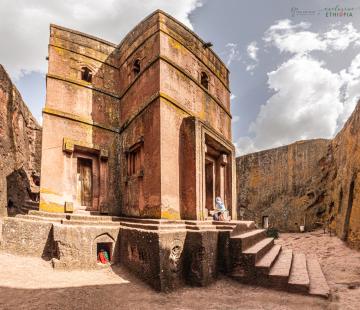
The historic north is home to what are arguably Ethiopia’s most popular sites. The legendary historic route includes Bahir Dar, Gondar, Axum, Lalibela and Gheralta. The region also includes Lake Tana, source of the Blue Nile, and the Simien Mountains, with Ethiopia’s highest peaks and most diverse wildlife.
Read more about NorthernSouthern
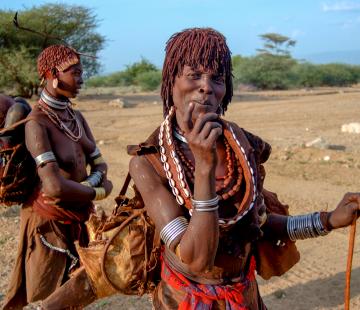
Ethiopia’s south is perhaps best known for the tribes who dwell here, particularly around the Omo Valley, who live according to their traditional customs. The region is also known for the Bale Mountains National Park, and for the chain of lakes that stud the Rift Valley.
Read more about Southern